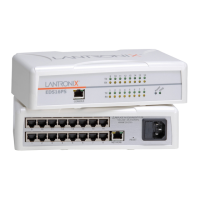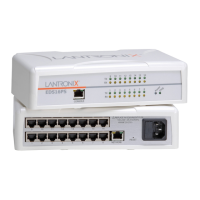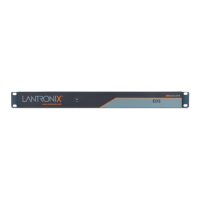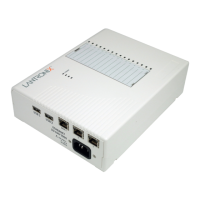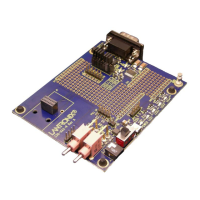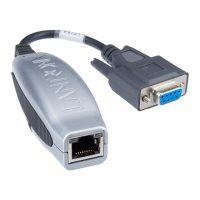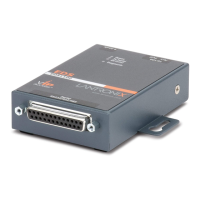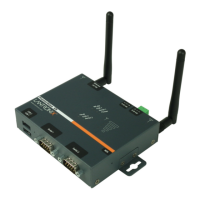3: Command Line Interface
EDS1100/2100 Command Reference 11
Ctrl + b: backspace one character
Ctrl + d: delete one character
Ctrl + e: place cursor at the end of the line
Ctrl + f: move cursor forward one character
Ctrl + k: delete from the current position to the end of the line
Ctrl + l: redraw the command line
Ctrl + n: display the next line in the history
Ctrl + p: display the previous line in the history
Ctrl + u: delete entire line and place cursor at start of prompt
Ctrl + w: delete one word back
Ctrl + z: a shortcut for the exit command
Esc + b: move cursor back one word
Esc + f: move cursor forward one word
Understanding the CLI Level Hierarchy
The CLI hierarchy is a series of levels. Arranging commands in a hierarchy of levels provides a
way to organize and group similar commands, provide different levels of security, and reduce the
complexity and number commands and options presented to a user at one time.
When you start a command line session, you begin at the login level. This level can be password
protected and provides access to high level status, a few diagnostic commands, and the enable
level. Further device information and configuration are accessed via the enable level.
The enable level can also be password protected and is the gateway to full configuration and
management of the device server. There are commands for gathering and effecting all elements of
device status and configuration, as well as commands that take you to additional levels. For
instance, tunnel specific status and configuration is found under the "tunnel" level, and network
specific status and configuration commands are found under the "configuration" level.
An overview of the levels in the EDS1100/2100 is presented in Figure 3-1.
